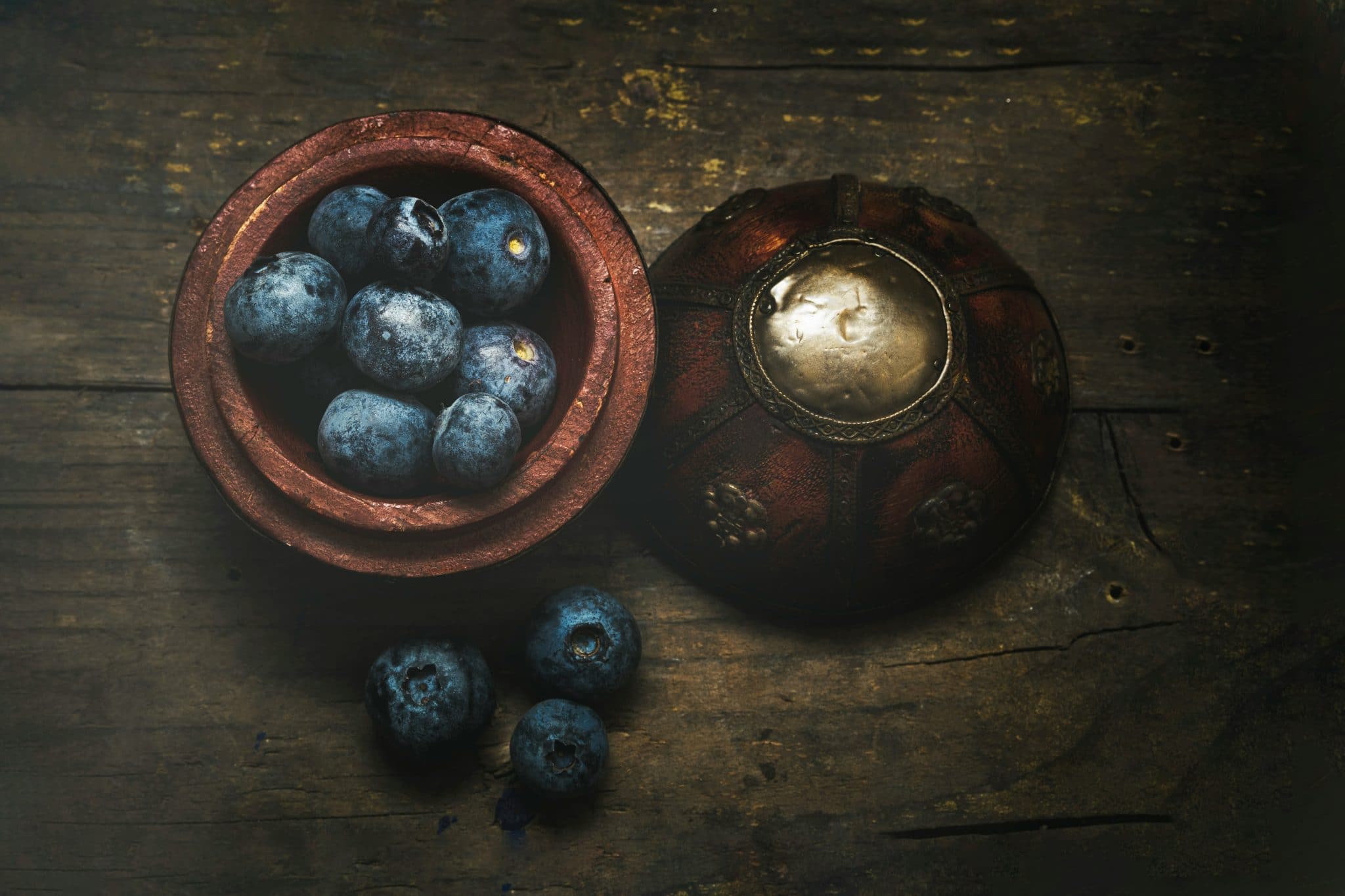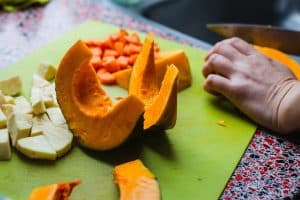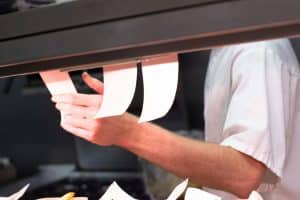Food Photography Editing: Digital Techniques for Enhancing Culinary Images
Food photography is an art that has gained immense popularity in recent years. With the rise of social media platforms and food blogs, the demand for aesthetically pleasing and drool-worthy food images has increased dramatically. However, taking a picture of a mouth-watering dish is only the first step in creating a visually appealing food photograph. The magic truly lies in the editing process. In this article, we will delve into the world of food photography editing and discuss the digital techniques that can enhance culinary images to make them truly irresistible.
Understanding the Importance of Food Photography Editing
While many amateur photographers may believe that taking a perfect photograph in one go is sufficient, professionals know that editing is a crucial step in the photography process. Editing allows photographers to have more control over the final image and can bring out the best in a photograph. When it comes to food photography, editing is even more critical. It can make a dish stand out and capture the attention of viewers. It can also help to correct any imperfections and elevate the overall quality of the image.
Benefits of Digital Food Photography Editing
With the advancement of technology, digital photography and editing have become the norm in the photography industry. This is no different for food photography. Digital editing offers a plethora of benefits that were not possible with traditional film photography. Some of the significant advantages of digital food photography editing include:
1. Flexibility
Digital editing gives photographers complete control over the image. It allows for experimentation, and adjustments can easily be made without any damage to the original photograph. This flexibility is particularly beneficial for food photography, as it allows photographers to try out different editing techniques and find the one that best suits the image.
2. Time-Efficient
With traditional film photography, editing was a time-consuming process that involved developing the film and then physically editing the images. However, digital editing has simplified and sped up the process. Most editing can now be done on a computer, saving photographers a significant amount of time.
3. Cost-Effective
Digital editing also helps to reduce costs for photographers. With traditional film photography, photographers had to pay for the development of every image they took, whether the image turned out well or not. With digital editing, photographers have the luxury of only editing the photos they want to use, reducing costs significantly.
Digital Techniques for Enhancing Culinary Images
Now that we understand the importance and benefits of digital food photography editing, let’s take a look at some digital techniques that can elevate our culinary images:
1. Adjusting Exposure and Contrast
Exposure and contrast are crucial elements in photography that can make or break an image. Exposure refers to the amount of light that enters the camera lens, while contrast is the distribution of light and dark tones in an image. With digital editing, photographers can adjust exposure and contrast to create a more balanced and visually pleasing image. For food photography, it is essential to ensure that the food is well-lit and that the colors of the dish are accurately represented.
2. Color Correction
In food photography, colors are key elements that can entice viewers. However, sometimes, the colors of a dish may not be accurately captured in the photograph. That’s where color correction comes in. Through digital editing, photographers can adjust the hue, saturation, and luminosity of an image to make the colors pop and give the dish a more appetizing look.
3. Removing Unwanted Elements
Sometimes, no matter how well we try to style a food photograph, there may be an unwanted element in the frame that can ruin the image. But with digital editing, these elements can easily be removed. Whether it’s a stray crumb or a speck of dirt, digital editing allows photographers to clean up the image and create a visually appealing result.
4. Cropping and Composition
The composition of a photograph is vital, especially in food photography. With digital editing, photographers can crop an image to adjust the composition and create a more visually appealing photo. They can also adjust the angles and perspectives to make the dish look more enticing.
Final Thoughts
Food photography editing is an art form that requires skill and attention to detail. With the right digital techniques, photographers can enhance their culinary images and create stunning visuals that will captivate their audience. Whether you’re a professional or an amateur photographer, understanding digital editing is crucial for creating mesmerizing food photographs. So, next time you take a picture of a delectable dish, remember the power of digital editing and the endless possibilities it offers.









